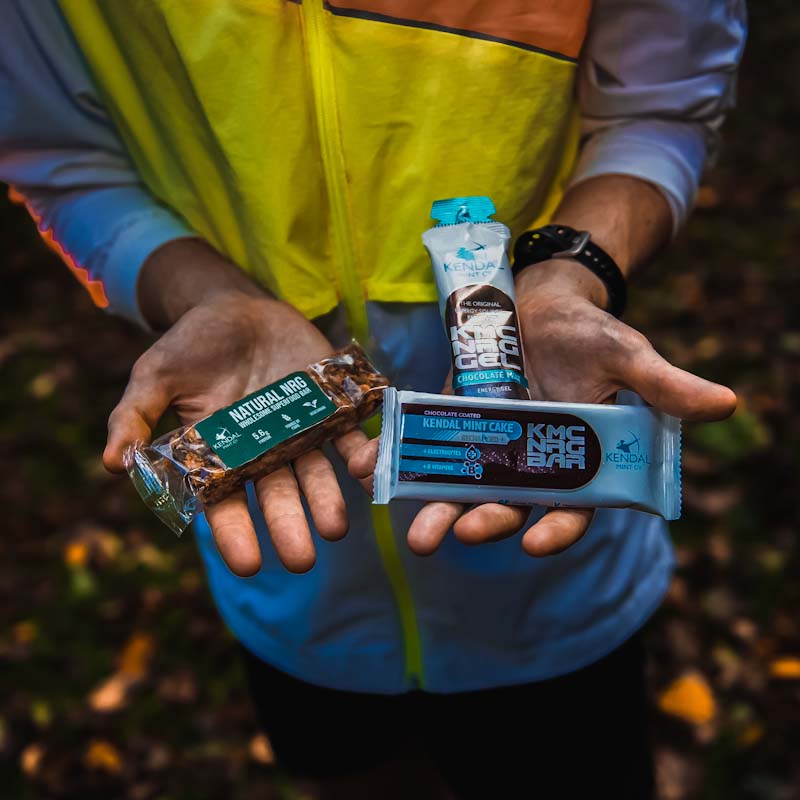We've teamed up with the incredibly experienced Lee Bradbury otherwise known as @theintrepidathlete Coach, Ultra marathon runner, Spine Challenger and CrossFit competitor Lee has done them all. He's here to help cut through the noise on Mobility for Runners.
There seems to be information floating around on the internet stating that runners don't need to be flexible. My issue with this is it seems to lack any context. What is meant by flexibility and how much is classed as too much? Does the statement refer to extreme measures of flexibility such as being able to do the splits or the ability to just touch the toes? If it's the former, I would totally agree, however if it's the latter the I would argue runners do need a degree of flexibility.
Now you're reading the title of this article and thinking it's called mobility for runners, what does this have to do with flexibility? So before we delve into the practical exercises to improve movement quality, lets first take a quick look at the difference between flexibility and mobility. Whilst they are used interchangeably, they do refer to different elements of a range of motion (ROM).
Flexibility refers to the ability access a particular range of motion PASSIVELY which means you can get into a certain position with assistance usually from a coach or trainer.
Mobility refers to the ability to access particular ranges of motion ACTIVELY i.e. without assistance such as you trying to raise your own arms overhead.
Now in terms of adequate range of motion, we need our passive to be very similar to our active to ensure stability and control around our joints as well as ensuring optimum movement quality.
Movement Quality
It is widely accepted that range of motion (ROM) is at the foundation of athleticism. The better range of motion you have, the more potential you have for efficient movement patterns.
The results of efficient movement patterns:
- Higher performance output
- Lower energy expenditure
- Reduction in injury through overloading of a particular joint or muscle
The figure below shows the pyramid of athleticism, you will see movement quality is at the foundation. Building performance on top of poor movement quality is a sure-fire way to limit your performance potential and increase the likelihood of injury.
How to Assess your Range of Motion
Now the first thing you need to do is understand if you lack range of motion in any particular areas that are key to running such as ankle dorsiflexion. To efficiently absorb ground impact forces during the stance phase we need a good amount of dorsiflexion at the ankle (around 20-30 degrees). This ensures the knee can travel over the foot at impact without having to collapse the arch excessively. Try this assessment below.
As we discussed before, we want our passive (flexibility) range of motion to be very similar to our active (mobility) range of motion and we should therefore assess both. If you find that your active range of motion is less than your passive, then you don't necessarily need lots of stretches and mobility exercises, you just need to teach the brain to access the range you already have. If you find that both your active and passive are lacking, that's when we need intervention with mobility exercises and the aid of other professionals such as sports therapists.
Some Key Mobility Exercises to Improve your Range of Motion
As we discussed before, we want our passive (flexibility) range of motion to be very similar to our active (mobility) range of motion and we should therefore assess both. If you find that your active range of motion is less than your passive, then you don't necessarily need lots of stretches and mobility exercises, you just need to teach the brain to access the range you already have. If you find that both your active and passive are lacking, that's when we need intervention with mobility exercises and the aid of other professionals such as sports therapists.
1. Thoracic Spine:
Upper back mobility is vital for ensuring we can maintain our upright posture during running. We need to improve the ability of our upper back to extend to allow us to pull the shoulders back
2. Hips:
The hips need to allow for our leg to travel behind us (extension) to aid in forward propulsion and allow the knee to drive towards the chest (flexion) to allow adequate recovery of the foot and ankle before initial contact on the ground.
3. Ankles:
We have already mentioned above the importance of having adequate dorsi-flexion of the ankle in regard to running gait. However as with the key muscle groups above, lacking ROM in these areas can also affect the quality of our movement during our strength sessions too with the ankles impacting on squat mechanics specifically.
Now we're not done there. If you refer back to the pyramid of athleticism, you will also note at its foundation it refers to another term – stability. Whilst having access to range of motion is key, we need to be strong and stable there, especially if we're accessing new ROM. So, as a bonus here are some stability exercises to follow up with after completing the above mobility work to cement it long term and keep your joints strong and stable.
What to do next?
If you're a runner who is suffering with 'tightness' and no amount of stretching has fixed it, you may be lacking stability and strength rather than flexibility. If you're always injured, a potential lack of ROM could be the culprit. Try the exercises above and see if it helps you move and feel better.
You can find out more at theintrepidathlete.com
Youtube: https://www.youtube.com/channel/UC2BXGYibxTL1IMrXKN4nTXA/about





